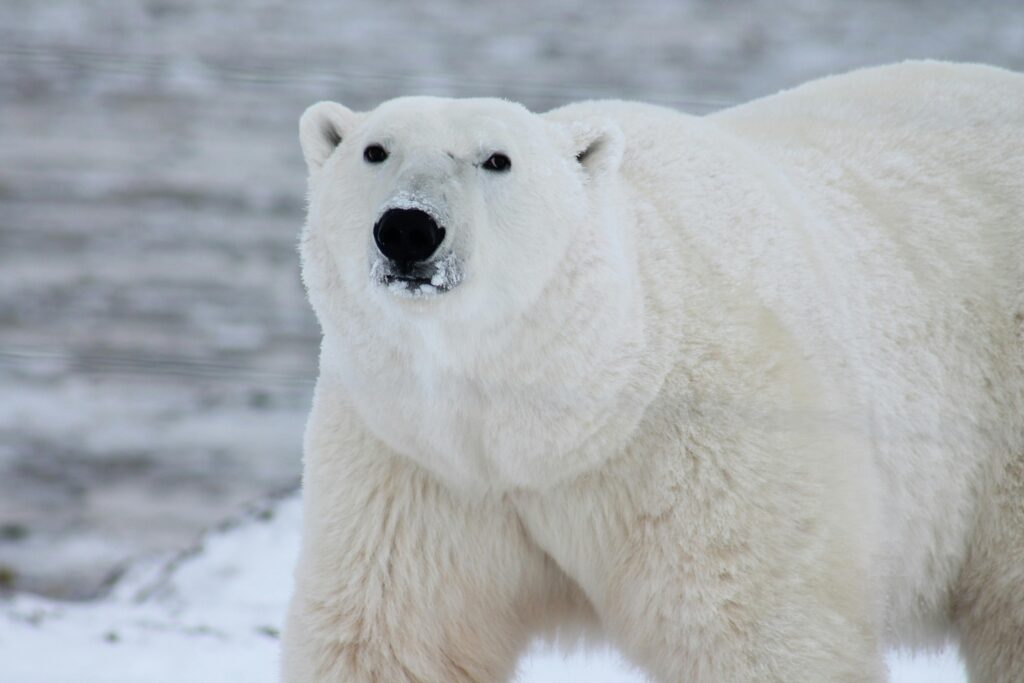Survivors of the Cold

Winter Mood
When winter grips the land, survival becomes a full-time job. The animals that make it through the coldest months aren’t always the biggest, the strongest, or the fastest — they’re the most adapted. The survivors of winter know how to disappear, slow down, grow thicker, move farther, or wait longer. They don’t resist the season. They work with it.
In the Arctic, the Arctic fox trades its brown summer coat for a white one so flawless it vanishes into the snow. It can hear prey moving beneath the ice and will dive headfirst through a drift to catch it. Its body conserves heat so well that it doesn’t shiver until temperatures drop below –50°C.
Farther south, the American black bear doesn’t truly sleep — it enters torpor, a state of slowed breathing and heartbeat, but remains alert enough to react if disturbed. Pregnant females even give birth during hibernation, nursing cubs in complete darkness beneath layers of snow.
Small doesn’t mean fragile. Red squirrels create multiple caches of food throughout the fall and remember nearly every one. Chickadees — tiny birds that weigh less than a golf ball — fluff their feathers and shiver through the night, lowering their body temperature to conserve energy, only to burst into activity again by morning.
In wetlands, beavers build insulated lodges and dive under the ice to access hidden stores of twigs and bark. Their fur is so dense that water rarely reaches the skin. Otters, too, hunt in freezing rivers, insulated by air-trapping fur that must be groomed constantly to keep from losing heat.
Some animals go nowhere — they go deep. Frogs like the wood frog of North America freeze solid, heart stopped, lungs still. They thaw in spring and come back to life, unharmed. Snakes and toads gather in rock crevices or burrows, waiting out the cold in complete dormancy.
Others travel. Caribou move across vast snow-covered tundras in herds, digging through snow for lichen. Wolves follow them, leaner and hungrier, running for hours without rest. Snowy owls drift south from the Arctic when food becomes scarce, appearing suddenly on open plains and frozen shorelines.
Each strategy is a lesson in adaptation. Hibernate. Hoard. Hide. Move. Morph. No single answer works for all, but each species finds its way. These are not just survivors — they are masters of their environment, perfectly tuned to endure the ice, the silence, and the slow ticking of winter months.
The cold doesn’t stop life. It sharpens it. And the creatures that survive it don’t just endure — they evolve.
In the Arctic, the Arctic fox trades its brown summer coat for a white one so flawless it vanishes into the snow. It can hear prey moving beneath the ice and will dive headfirst through a drift to catch it. Its body conserves heat so well that it doesn’t shiver until temperatures drop below –50°C.
Farther south, the American black bear doesn’t truly sleep — it enters torpor, a state of slowed breathing and heartbeat, but remains alert enough to react if disturbed. Pregnant females even give birth during hibernation, nursing cubs in complete darkness beneath layers of snow.
Small doesn’t mean fragile. Red squirrels create multiple caches of food throughout the fall and remember nearly every one. Chickadees — tiny birds that weigh less than a golf ball — fluff their feathers and shiver through the night, lowering their body temperature to conserve energy, only to burst into activity again by morning.
In wetlands, beavers build insulated lodges and dive under the ice to access hidden stores of twigs and bark. Their fur is so dense that water rarely reaches the skin. Otters, too, hunt in freezing rivers, insulated by air-trapping fur that must be groomed constantly to keep from losing heat.
Some animals go nowhere — they go deep. Frogs like the wood frog of North America freeze solid, heart stopped, lungs still. They thaw in spring and come back to life, unharmed. Snakes and toads gather in rock crevices or burrows, waiting out the cold in complete dormancy.
Others travel. Caribou move across vast snow-covered tundras in herds, digging through snow for lichen. Wolves follow them, leaner and hungrier, running for hours without rest. Snowy owls drift south from the Arctic when food becomes scarce, appearing suddenly on open plains and frozen shorelines.
Each strategy is a lesson in adaptation. Hibernate. Hoard. Hide. Move. Morph. No single answer works for all, but each species finds its way. These are not just survivors — they are masters of their environment, perfectly tuned to endure the ice, the silence, and the slow ticking of winter months.
The cold doesn’t stop life. It sharpens it. And the creatures that survive it don’t just endure — they evolve.
